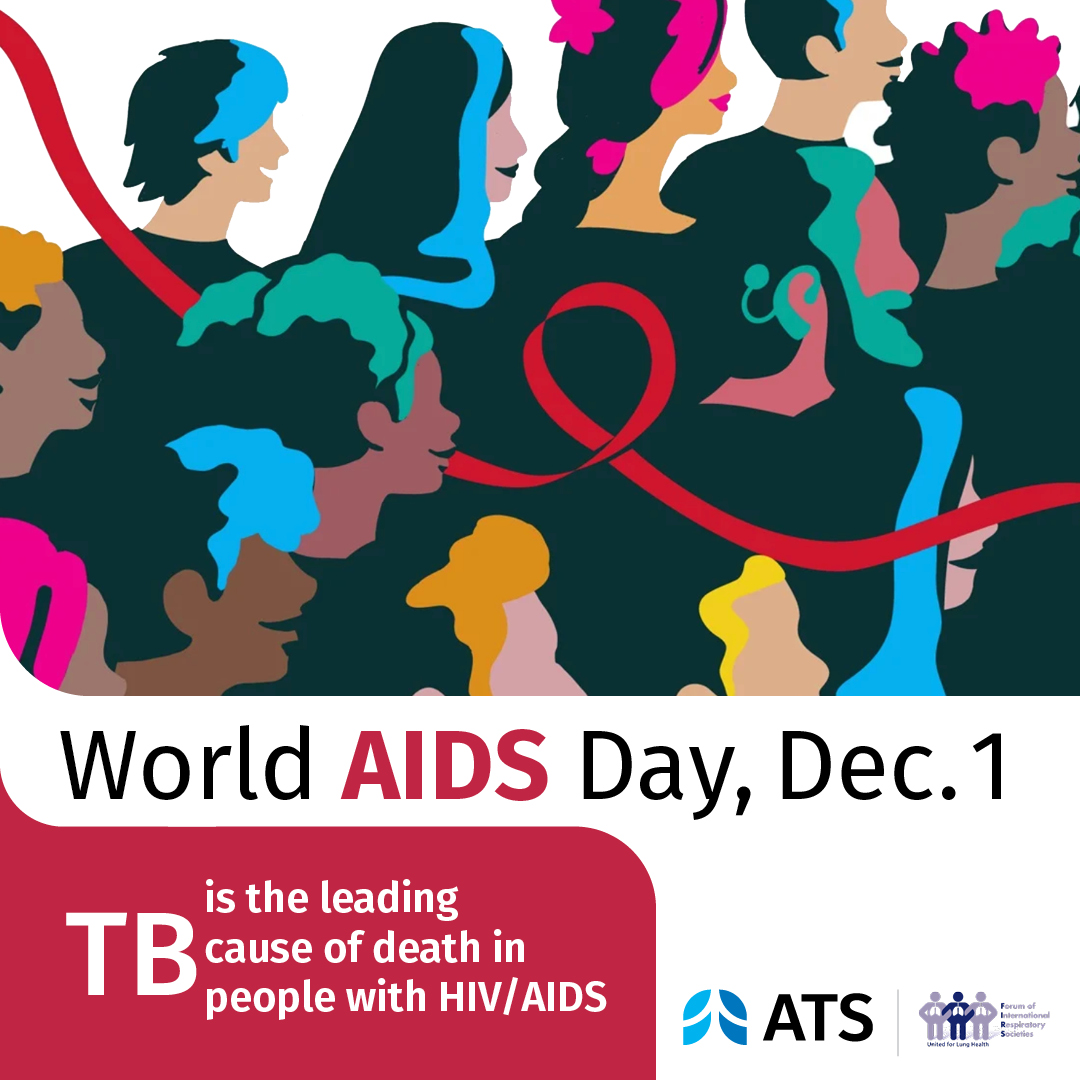World No Tobacco Day – 31 May 2018.
Cape Town, Glenview, Lausanne, Montevideo, New York, Paris, Tokyo, May 31, 2018 – Tobacco is the leading underlying single cause of death worldwide. In 2016, tobacco use caused over 7.1 million deaths mostly related to lung and heart disease, cancer, and stroke. Every year, on 31 May, persons and organizations mark World No Tobacco Day, by highlighting the health and other risks associated with tobacco use and advocating for effective policies to reduce tobacco consumption.
This year the Forum of International Respiratory Societies (FIRS) announced a new position paper on electronic cigarettes and youth. FIRS is a collaborative of nine international professional organizations created to promote respiratory health around the world. FIRS joins with and applauds the World Health Organization (WHO) as a leader committed to fighting the global tobacco epidemic. In 2005, the WHO’s Framework Convention on Tobacco Control (FCTC) entered into force, covering more than 90 percent of the world's population, and in 2008 the MPOWER strategy, a practical, cost-effective way to implement FCTC, was launched. These and other actions of many organizations fighting tobacco consumption have had substantial success in many areas. Nearly two thirds of countries now have some of the FCTC measures in place.
But there is still much to do to reduce tobacco consumption, which is driven by nicotine addiction. Sadly, nicotine use is rising, and in many places this is driven by electronic nicotine delivery systems. These devices often bypass FCTC and MPOWER strategies and target youth. FIRS raises concern about the risks of using electronic cigarettes, especially in children, adolescents and young adults.
Smoking behavior is strongly driven by nicotine addiction, which causes changes in the brain that it requires more nicotine to function normally, resulting in complex, biosocial maladaptive behaviors, known as dependence. Children’s brains are particularly susceptible to the development of nicotine addiction. Youth addicted to nicotine become tomorrow’s life-long users of tobacco products.
Over the past decade, electronic cigarettes have rapidly risen in popularity among young people in many countries. More than 450,000 American middle school students used e-cigarettes in 2016, four times the number of reported users the previous year. E-cigarette use in youth is associated with higher smoking prevalence, at a younger age, and heavier tobacco use. It appears that youth directed advertising and flavoring are important factors leading to experimentation with electronic cigarettes by youth. A study of 600 British children, aged 11 to 16 years, showed that electronic cigarette advertising increased the appeal of electronic cigarettes and interest in trying them.
Contrary to industry claims, electronic cigarette aerosols are not simply “harmless water vapour” as some have claimed. Just as decades passed before the health consequences of cigarettes were known, many years may be needed to determine the magnitude of the health burden of e-cigarettes.
Based on this information, the Forum of International Respiratory Societies recommends:
- To protect youth, electronic nicotine delivery systems should be considered tobacco products and regulated as such. The addictive power of nicotine and its adverse effects in youth should not be underestimated. All forms of promotion must be regulated.
- The sale of electronic cigarettes to youth must be banned in all nations, and those bans must be enforced.
- Electronic cigarettes have been claimed to be safer than combustible cigarettes, but comparison to the most lethal product in the history of the world is faulty. The appropriate comparison would be to non-use of tobacco products. All health and safety claims regarding electronic cigarettes relative to combustible tobacco in advertising and media should cease.
- Because flavorings increase rates of youth initiation, they should be banned in electronic nicotine delivery products.
- As electronic cigarette vapour exposes non-users to nicotine and other harmful chemicals, use should be prohibited in indoor locations, public parks, and places where children and youth are present.
- While their health risks are increasingly recognized, the physiological and deleterious effects of electronic cigarettes have still not been adequately studied, especially their impact on the developing lung and brain. Greater research is needed.
- Routine surveillance and surveys concerning combustible and electronic cigarette use should be carried out in many settings to better understand the scope and health threat of tobacco products to youth in different countries and regions.
About the Forum of International Respiratory Societies (FIRS)
The Forum of International Respiratory Societies(FIRS) is an organization comprised of the world's leading international respiratory societies working together to improve lung health globally: American Thoracic Society, American College of Chest Physicians, Asociación Latinoamericana De Tórax, Asian Pacific Society of Respirology, European Respiratory Society, International Union Against Tuberculosis and Lung Disease, and the Pan African Thoracic Society. The goal of FIRS is to unify and enhance efforts to improve lung health through the combined work of its more than 70,000 members globally.




